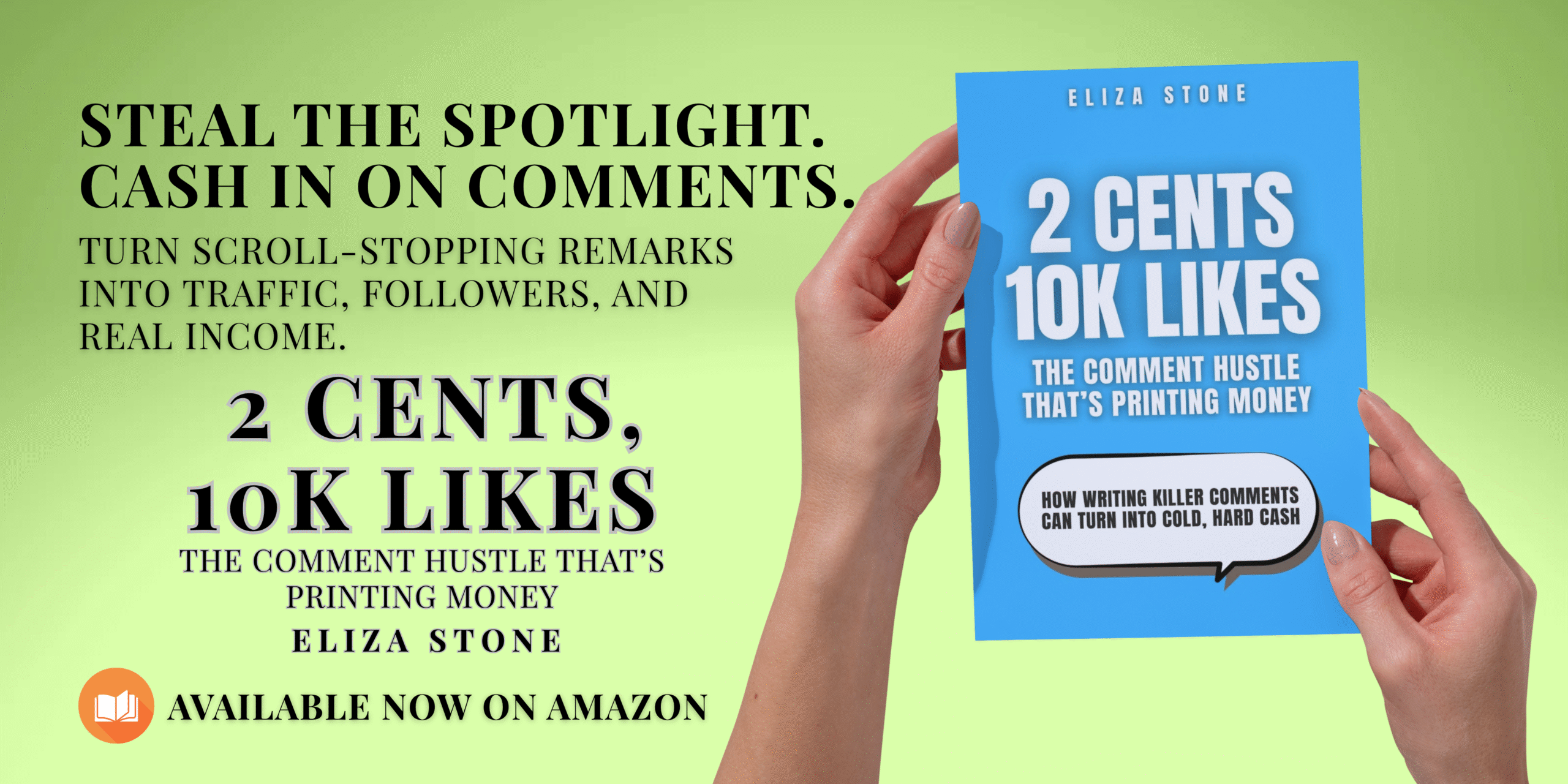
What if your body has been telling your story all along?
Not the version you share on social media. Not the polished narrative you offer in therapy. But the raw, cellular memory—the aches, tightness, and tension that whisper the things your mind has long forgotten.
The Somatic Body: Understanding How Your Body Stores Trauma, written by Jenna Newbery, is an intimate, science-backed, and deeply compassionate exploration of how trauma lives in the body—and how you can begin to release it.
This is not a book about quick fixes. It’s not a “think your way to healing” manual. It’s a guide to slowing down, tuning in, and meeting your body as the sacred archive it is: holding not just the memories of what you’ve lived through, but also the blueprint for your liberation.

When the Body Speaks
We like to believe trauma is something we can outthink. Reframe the past, forgive and forget, and move on. But trauma isn’t stored in the logical mind—it’s stored in the nervous system, the muscles, the breath.
That clench in your jaw during conflict? The restless legs at bedtime? The hollow ache in your stomach every time you get close to someone? These aren’t random quirks of physiology. They’re your body keeping score.
Through accessible science and heartfelt storytelling, The Somatic Body maps out how trauma embeds itself into the body’s tissues and systems. Drawing on polyvagal theory, neuroscience, and somatic practices, Newbery explains why we can’t talk our way out of pain—but we can feel our way through it.
Tools for Unraveling Tension
What sets The Somatic Body apart is its practical approach. Each chapter builds on the last, offering insights and exercises to help readers reconnect with their physical selves.
From simple grounding techniques to vagus nerve resets, readers learn how to work with their own biology instead of against it. Breathwork, body scans, and movement practices are introduced not as “wellness trends” but as ancient, intuitive pathways back to wholeness.
The book doesn’t shy away from the complexity of trauma, either. It addresses childhood trauma, sexual trauma, PTSD, and even the inherited wounds of intergenerational pain. Wherever you are in your healing journey, there’s an entry point here.
“Your Body Knows the Way Home”
One of the most powerful messages in The Somatic Body is that your body isn’t the enemy. It’s the ally you’ve been ignoring.
Healing isn’t about forcing yourself into perfect stillness or contorting into complicated yoga poses. It’s about making contact with your own skin again. About breathing deeply enough to feel what’s been frozen for years. About understanding that the tremors, tears, and tension are not breakdowns—they’re breakthroughs.
This book gives you permission to go slow. To trust the intelligence of your own cells. To stop running from discomfort and finally listen.
For the Reader Ready to Reconnect
The Somatic Body is for anyone who:
- Feels disconnected from their body after trauma.
- Has tried talk therapy but still struggles with physical symptoms.
- Wants science-backed tools for nervous system regulation.
- Is curious about somatic healing, but unsure where to start.
It’s not about reliving the past. It’s about reclaiming your body as a safe place to live again.
Coming Home to Yourself
This is not an easy book—but it is a gentle one. The writing blends technical knowledge with compassion, guiding readers through the tender, layered process of reconnecting with themselves.
By the final chapter, readers feel equipped not just with tools, but with a new relationship to their own skin, muscles, and breath. Healing may not be linear, but as The Somatic Body shows, it is possible.
Available Now
📖 The Somatic Body: Understanding How Your Body Stores Trauma
✍️ By Jenna Newbery
🔗 Read it on Amazon




